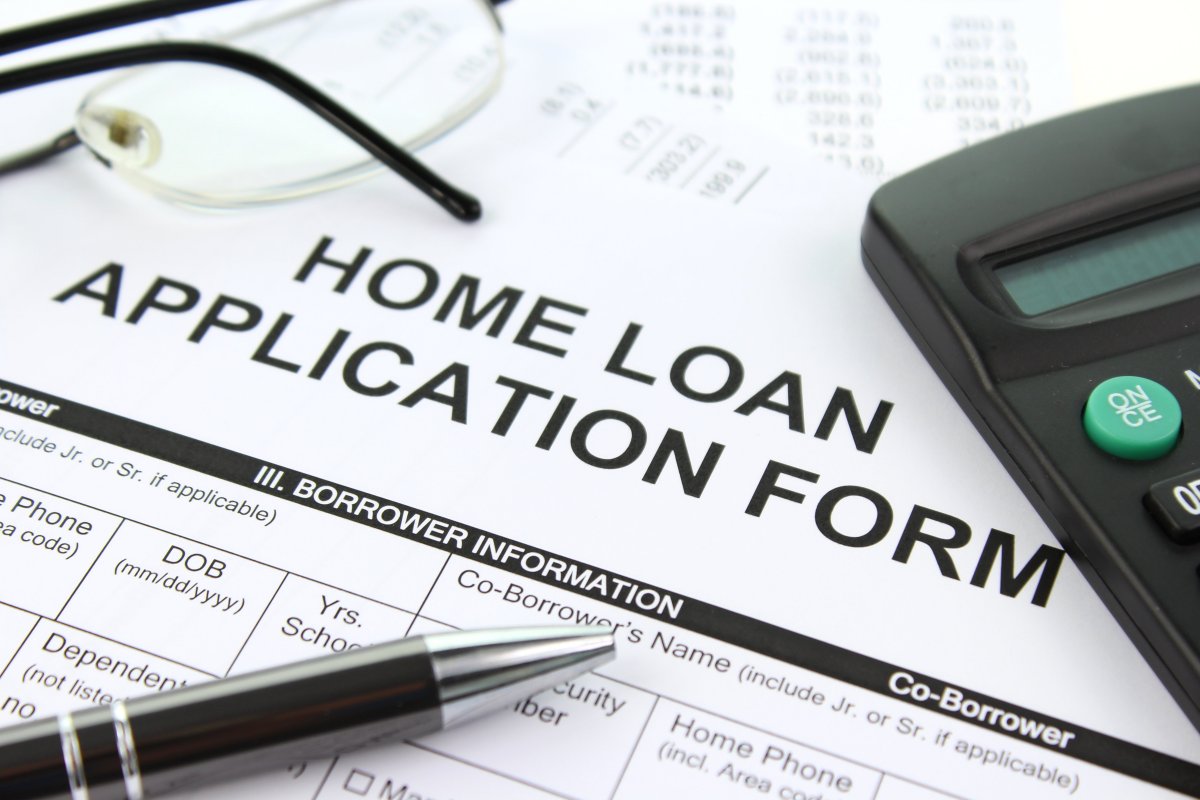Want to know the basic differences between home loans and the loan against property? Read more to explore more now!
Did you wanted to avail a home loan but then thought you will need a bigger amount and started to consider the loan against property option? If you are confused between the two housing loan options, this post will clear your doubts easily!
A housing loan is a funding option that is offered to you by a leading bank or non-banking finance company (NBFC) to help you purchase your dream home. You need to pay the availed Home Loan amount in the form of EMIs during the pre-decided tenor.
On the other hand, if you are willing to apply for the loan against property, you are bound to get a loan that is provided against the valuation of your own property.
It means that your property against which you are availing the loan is kept as the security in case if you fail to repay the availed loan amount.
Basically, the loan against property (LAP) is anywhere between 40-60% of the value of your property and can go up to 70% as well. If you plan to avail a loan against property from a non-banking finance company, you can easily avail benefits such as EMI holidays and no penalty foreclosures and much more.
Home loan basics to consider
- Your capital increases
With real estate prices skyrocketing in India during the last decade, purchasing own home is the best investment. Like this, you can make to combat inflation, and ensure you have a large reserve future funds.
- Affordable home loan interest rates
Home loan interest rates are lower than other loans in India which can anywhere between 8.30% and 10%. As a result, the repayment of a home loan becomes quite light on the pockets of the borrowers.
- Rented space vs. buying
Yes, purchasing a home is an expensive affair, but is a profitable thing in the long run. Buying a home also denotes paying EMIs every month, but you will also have an asset in the long run gradually given the kind of surge property valuation is seeing. On the other hand, if you keep living in a rented space, the real estate price surge will also increase your rent for an assent that’s not yours. Thus, if you can afford, it’s better to pay home loan EMIs than paying a higher amount as the rent.
Loan against property basics to note
Since the loan against property is offered against the valuation of your own property, you still remain the owner of the property. It means that you can continue living in your home and repay the loan EMIs to retain the ownership.
If you think that you are unable to make arrangement for the EMIs, you can even sell the property. Since the loan against property is only a portion of the property’s value, you can refund it and be still have with enough funds.
The tenor of the loan against property can be anywhere between 1-15 years and the rate of interest could be anywhere between 12-17%, making it easily repayable.
The Bottom Line
Both home loans and loan against property are useful funding methods for purchasing a home and getting some money for covering your needs. Thus, now that you are clear of the basics of both, you should assess your situation and then only see if an option suits you. If you want to know your eligibility, you can always utilize a home loan eligibility calculator available on a leading lender’s website of cost. Happy home loans!
About the Author:
Rupesh Singh is freelance writer and founder of moneyoutline.com You can follow him on Google + & Facebook.

